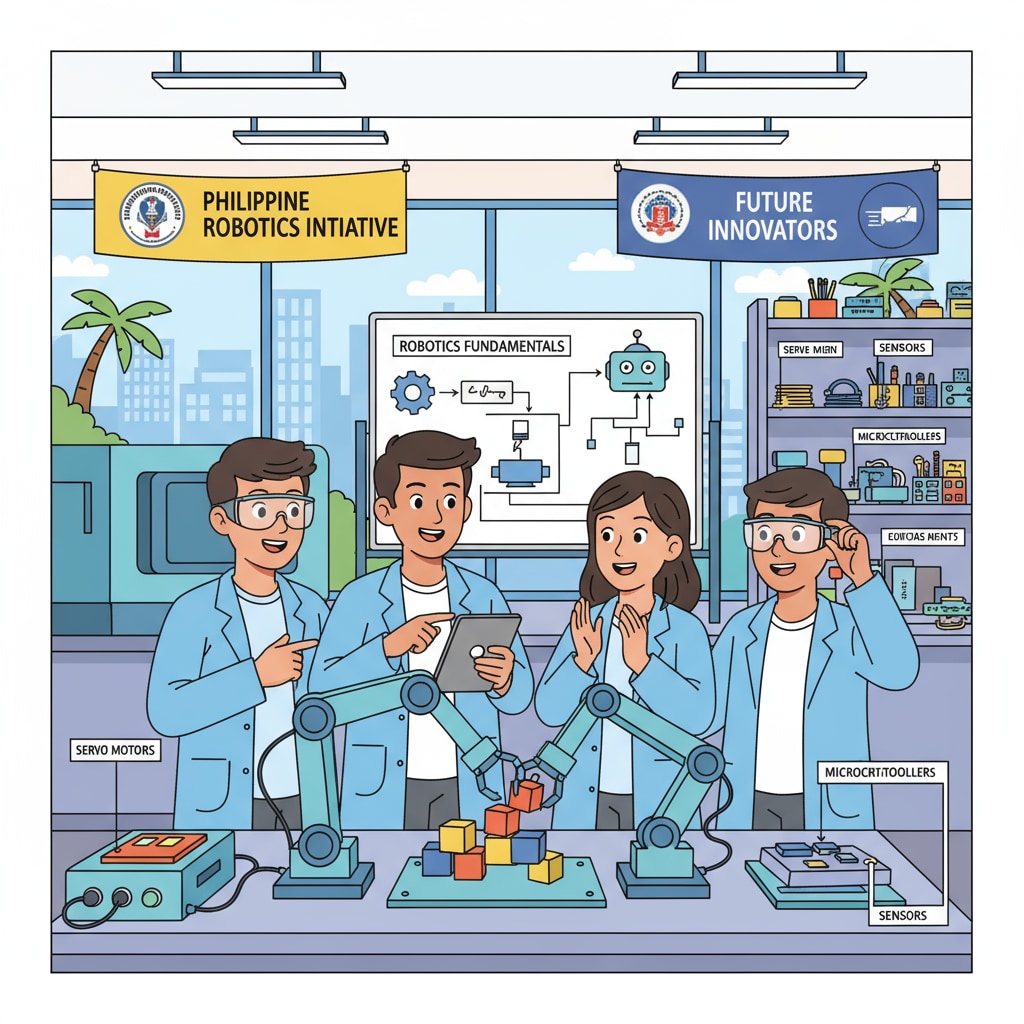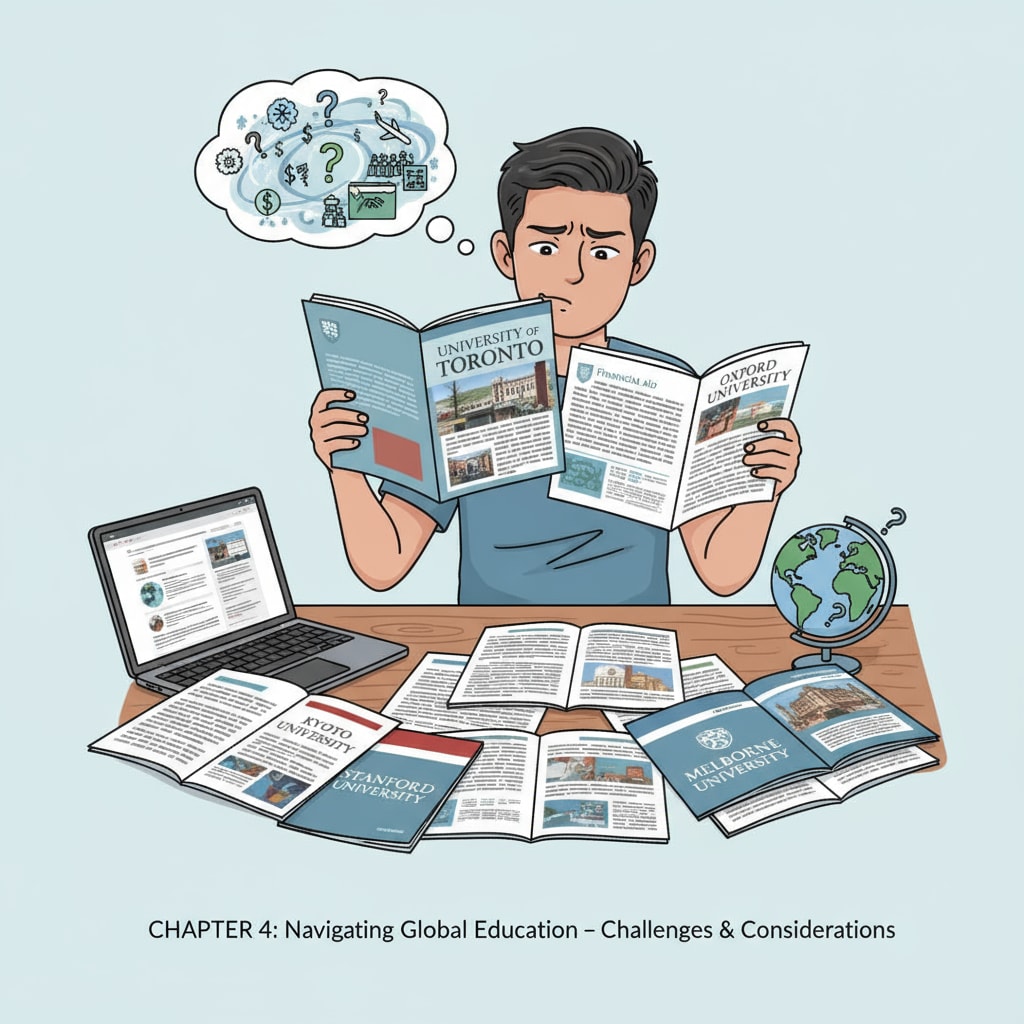Robotics, study abroad, and student loans are three intertwined aspects that significantly impact the educational journey of Filipino students. In the current era of rapid technological advancement, the field of robotics has emerged as an alluring career path for many young minds in the Philippines. However, the pursuit of this dream often comes with a hefty price tag, especially when considering study abroad opportunities and the associated financial burdens.

The Allure of Robotics Education
Robotics is a multidisciplinary field that combines engineering, computer science, and mathematics. It offers a plethora of opportunities for students to innovate and contribute to the technological advancement of society. In the Philippines, the growing interest in robotics can be attributed to several factors. Firstly, the country is witnessing an increasing demand for skilled professionals in the technology sector. As industries such as manufacturing, healthcare, and logistics embrace automation, the need for robotics experts is on the rise. Secondly, the government and educational institutions are actively promoting robotics education to enhance the country’s competitiveness in the global market. For example, many schools and universities have introduced robotics courses and competitions to inspire students to explore this field. Robotics education on Wikipedia
The Study Abroad Dilemma
While the Philippines has made significant progress in robotics education at the local level, some students aspire to pursue higher education abroad to gain exposure to international standards and cutting-edge research. Studying abroad can provide access to world-class facilities, renowned faculty, and a diverse academic environment. However, this comes with a substantial financial burden. Tuition fees, accommodation, living expenses, and travel costs can quickly add up, making it a daunting prospect for many Filipino families. Moreover, the process of applying to foreign universities, including standardized tests, visa applications, and documentation, can be complex and time-consuming. Study abroad on Britannica

To overcome these financial barriers, many students turn to student loans. Student loans can provide the necessary funds to cover educational expenses, but they also come with their own set of challenges. Repayment terms, interest rates, and the overall debt burden can be a source of stress for students and their families. In addition, the availability of student loans in the Philippines may be limited, and the application process can be stringent. This leaves many students in a difficult position, having to weigh the benefits of studying abroad against the financial risks.
Readability guidance: As we can see, the issues of robotics education, study abroad aspirations, and student loans are complex and interconnected. Filipino students need to carefully consider their options and explore alternative paths to achieve their dreams. In the following sections, we will discuss some possible solutions to help students balance their passion for robotics with their financial realities.


